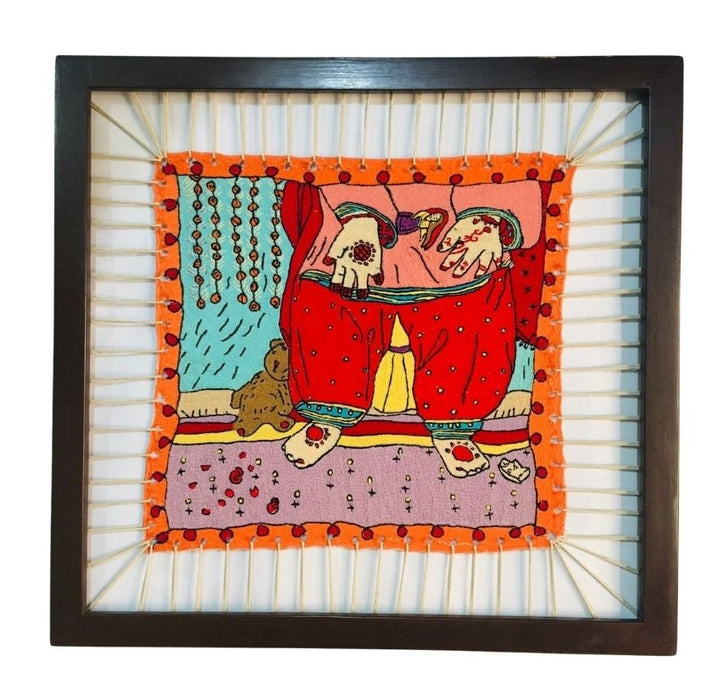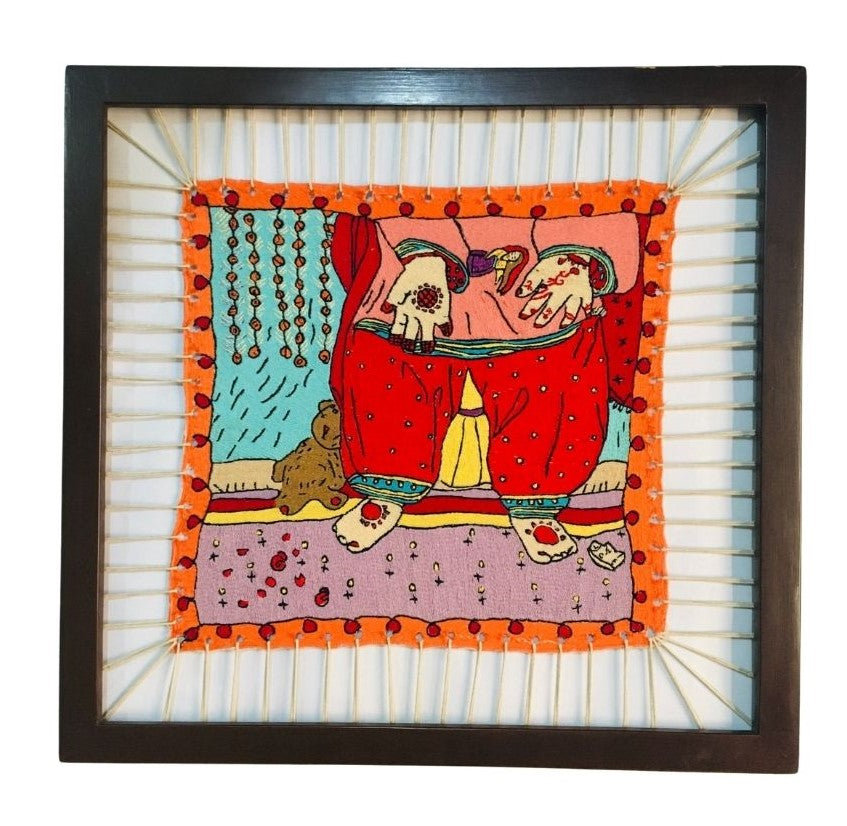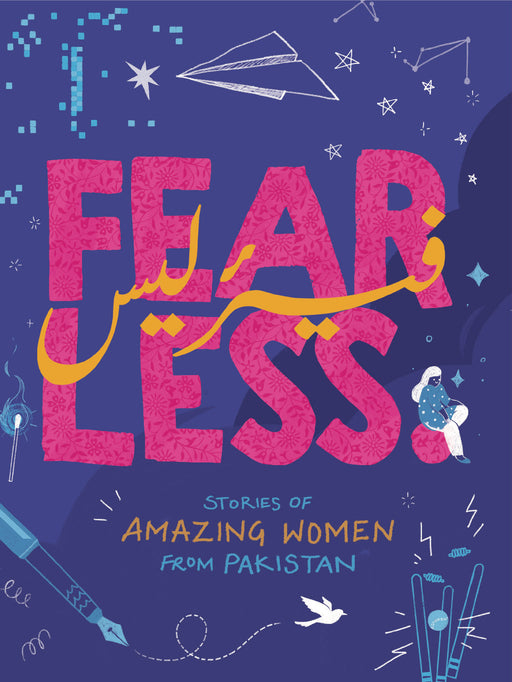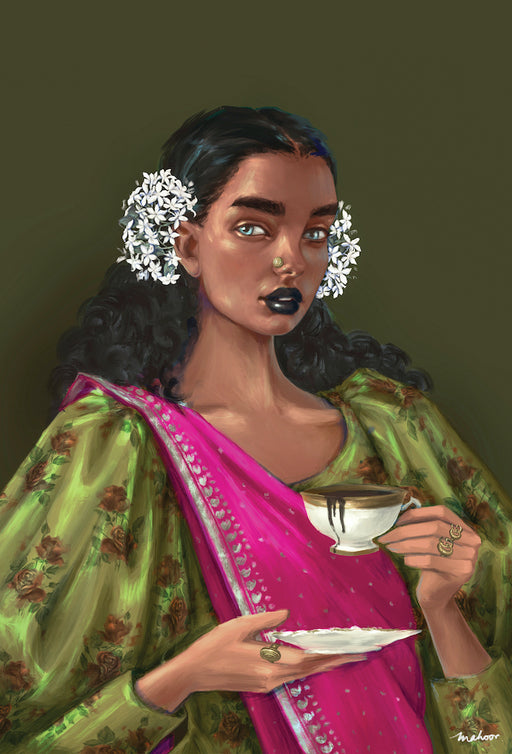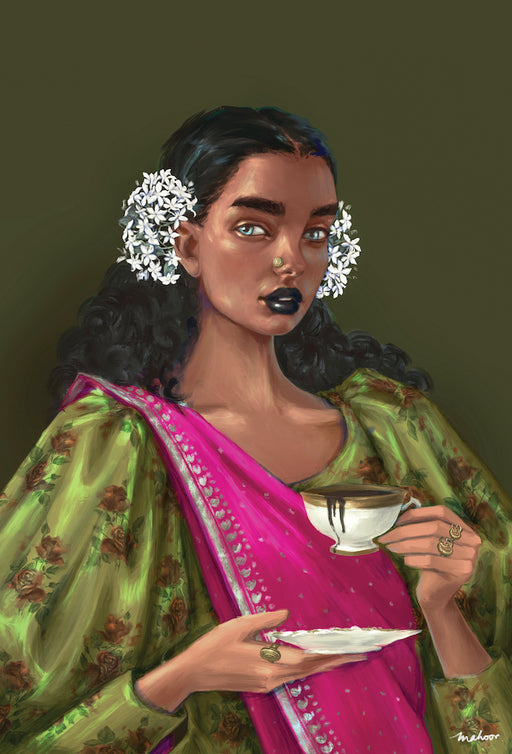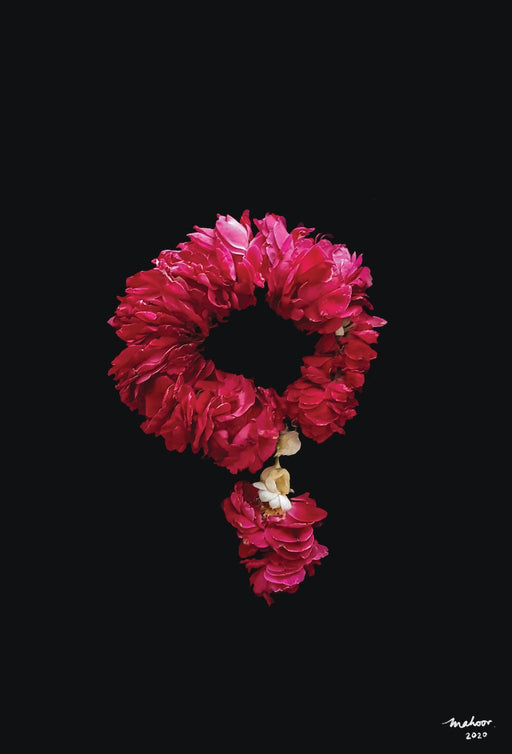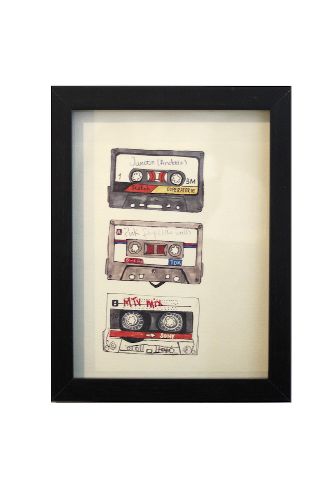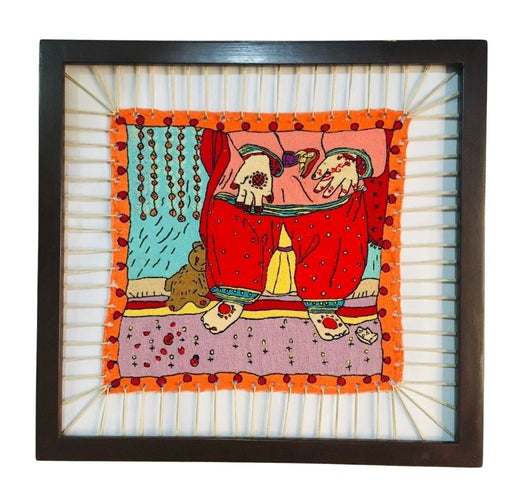Most middle-aged refugee women were married between the ages of 12 and 15. They are not educated or their education was halted as soon as they got married. Multiple marriages are common. Things are slowly beginning to change. Many more girls are now being educated and marriage is being delayed. Poverty, displacement and unfulfilled dreams are common themes in conversations. Most women cite not being educated as their biggest regret and it is the younger girls’ biggest aspiration. They want to be doctors and architects and change the world they live in.
The older women speak of broken families when they are sent to Pakistan after marriage (“I have not seen my mother and brother in 20 years. I don’t even know if they are alive”). There is a clear sense of yearning for childhood. For loved ones lost. For the beauty of the mountains and the streams they knew. But most can’t go back. Conflict, poor living conditions, lack of opportunity and the desire to educate their children all keep them in Pakistan.
Height 23"
Width 2"
Length 22"
This artwork is based on one of a series of stories addressing agency, identity and representation from the perspective of Afghan refugee women and girls. It was developed as part of a pilot economic empowerment project delivered in partnership with the UNHCR in Karachi, Pakistan. The artworks unmask the lived experiences of a generation continuing to deal with the legacy of conflict and deprivation, where the capacity of traditional handworks to connect people with place, time, history and a sense of being is confirmed.

